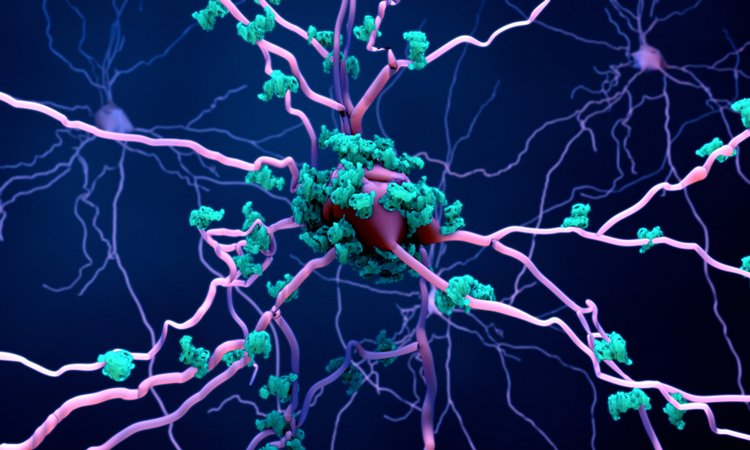C1 compound identified as promising Alzheimer’s drug candidate
Posted: 5 February 2020 | Victoria Rees (Drug Target Review) | No comments yet
Researchers have screened thousands of drugs to discover that C1 effectively blocks the production of amyloid fibrils, so could be an effective therapeutic.


A newly identified compound, called ‘C1’, has been revealed as a potential candidate for inhibiting the production of amyloids, the abnormal proteins that form toxic fibrils inside the brains of patients with Alzheimer’s disease.
The compound was discovered by researchers at the Rensselaer Polytechnic Institute, US and uses a novel mechanism to efficiently prevent the enzyme gamma-secretase from producing amyloids.
The researchers screened drugs to detect a compound that targets the amyloid precursor protein substrate”
Amyloid fibrils are largely composed of the peptide amyloid-β, which is produced when enzymes make cuts to the amyloid precursor protein found in high concentrations in the membranes of brain cells. The C1 compound is a covalent gamma-secretase inhibitor that blocks the active site on the precursor protein where gamma-secretase would bind to transform it into amyloids, rather than blocking the active site on gamma-secretase itself like traditional enzyme inhibitors would.
“Historically, drug trials for gamma secretase inhibitors failed because traditional enzyme inhibitors have severe side effects. They stopped all of the normal functions of gamma secretase,” said Professor Chunyu Wang, a member of the Center for Biotechnology and Interdisciplinary Studies (CBIS) at Rensselaer Polytechnic Institute. “Our compound binds to the cleavage site of the precursor protein instead of the enzyme itself, which may avoid many problems associated with traditional enzyme inhibitors.”
The researchers screened drugs to detect a compound that targets the amyloid precursor protein substrate, which would block the activity of gamma secretase involved in amyloid production while allowing all other functions. They began the search with an in silico screening process to test tens of millions of compounds.
C1 was one of several candidates to emerge from that screening. As described in the paper, the compound blocks amyloid production with high efficiency at micromolar concentrations, both in test tubes and in cell culture.
As a covalent inhibitor, C1 forms a permanent chemical bond with its target. In recent years, there has been a surge in the development of covalent inhibitors, as more highly specific versions have shown efficacy towards challenging drug targets.
“With a new approach to tackling the principal pathology of Alzheimer’s disease, Wang’s work is generating a fresh roster of drug candidates with enormous promise,” said Deepak Vashishth, the director of CBIS.
The study was published in Chemical Communications.
Related topics
Disease research, Drug Targets, Neurons, Neurosciences, Research & Development, Therapeutics
Related conditions
Alzheimer’s disease
Related organisations
Rensselaer Polytechnic Institute
Related people
Deepak Vashishth, Professor Chunyu Wang


